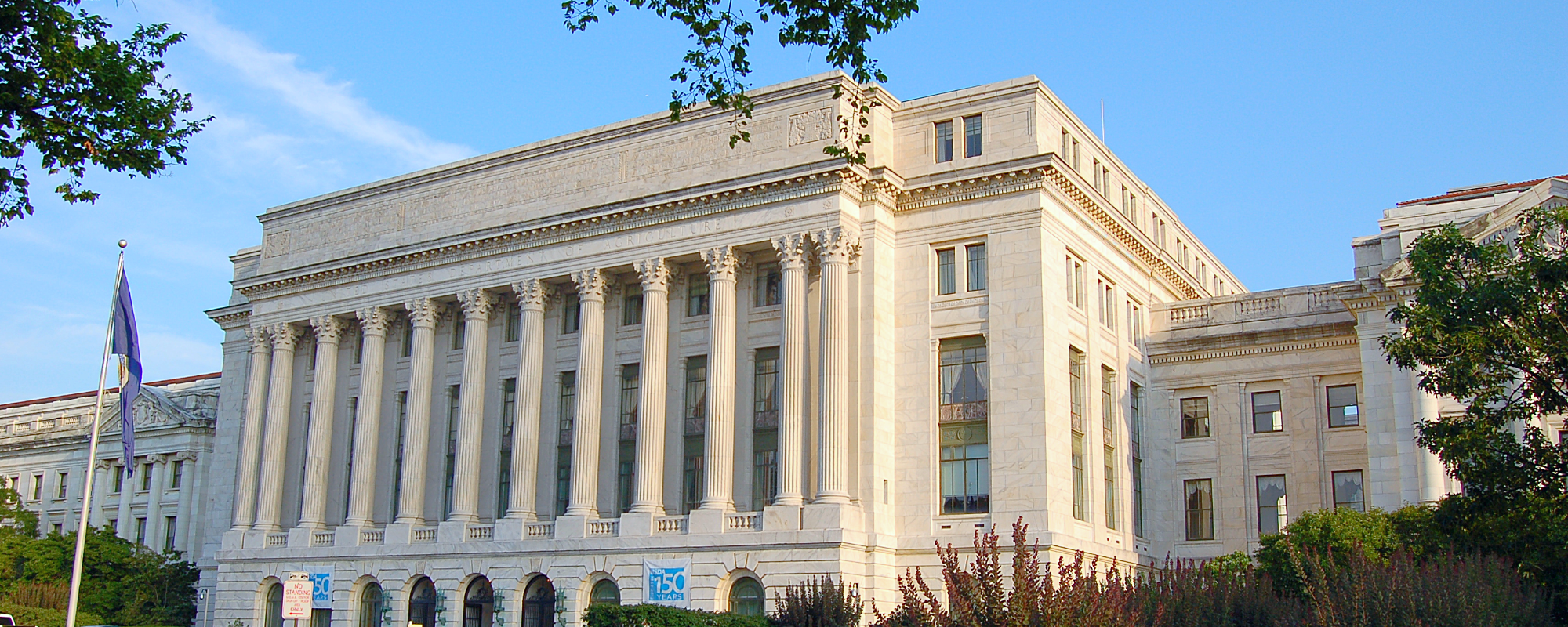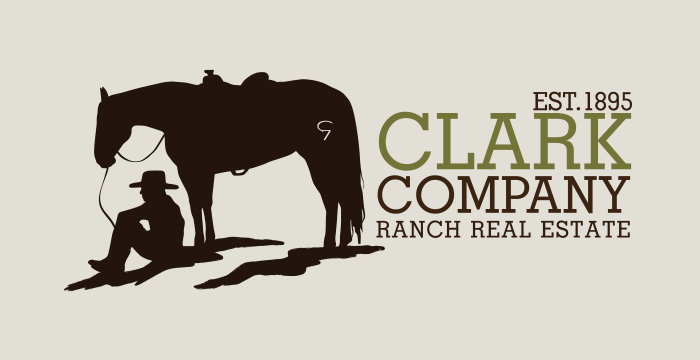USDA Programs to Protect and Enhance Your Ag Operations
Top USDA Programs to Protect and Enhance Your Ag Operations
At Clark Company | Ranch Real Estate, we understand the challenges and opportunities that come with managing ranches and farms. As we mentioned in our last blog, funding agriculture is essential to our country’s future.
Fortunately, there are plenty of USDA programs that offer risk management tools and financial support during emergencies like fires and the unprecedented flooding we experienced last year.
“We had a lot of cattlemen have significant damage due to flooding last year. The amount of damage I saw out in the field is unreal,” said Jody Lyon with the San Luis Obispo County Farm Service Agency. “They’re so thankful to have these programs available to them.”
In this blog, we’ll explore five key USDA programs developed to help ranchers and farmers: the Non-Insured Crop Disaster Assistance Program (NAP), Livestock Forage Program (LFP), Emergency Assistance for Livestock, Honey Bees, and Farm-Raised Fish Program (ELAP), and the Emergency Conservation Program (ECP).
Non-Insured Crop Disaster Assistance Program (NAP)
What is NAP?
NAP provides financial assistance to producers of non-insurable crops when low yields, loss of inventory, or prevented planting occur due to natural disasters.
Benefits of NAP
Risk Management: Protects against crop loss due to natural disasters, ensuring you can recover and continue operations.
Financial Stability: Offers crucial financial assistance when crop insurance is not available, helping you maintain cash flow.
Broad Coverage: Covers a wide range of crops, including fruit, vegetables, and forage crops, offering diverse protection.
What to Know Before You Apply
Grass is a non-insurable crop in SLO County due to drought. For this reason, Lyon and the rest of the local FSA strongly encourage producers to sign up for NAP. Your ranch or farm must have an average adjusted gross income of less than $900,000 to qualify. You also have to file a declaration of emergency to participate. The deadline to insure grass for 2025 is Sept. 1, 2024.
Livestock Forage Program (LFP)
What is LFP?
LFP provides compensation to eligible livestock producers who suffer grazing losses due to drought or fire on federally managed land. Payment amounts increase based on the severity level of the disaster (e.g. there are four levels of drought severity based on the drought monitor).
Benefits of LFP
Drought Protection: Offers financial relief during periods of drought, helping you sustain your livestock operations.
Fire Relief: Provides assistance when grazing losses occur due to fire, ensuring you can continue feeding your livestock.
Supplemental Income: Helps offset the costs of purchasing additional feed, reducing financial stress during tough times.
What to Know Before You Apply
Ranchers can receive funding for livestock owned at least 60 days prior to a severe drought or fire and mitigated livestock lost due to drought or fire for up to two production years. Horses used for equine operations also qualify.
Your ranch or farm must have an average adjusted gross income of less than $900,000, and you must complete your program application through the county in which the physical acres being grazed are located.
You also need to contact your county office to let them know if you’ve pulled cattle off of a federal land grazing permit and filed the loss with the LFP.
Emergency Assistance for Livestock, Honey Bees, and Farm-Raised Fish Program (ELAP)
What is ELAP?
ELAP offers financial assistance to eligible producers for losses due to disease, adverse weather, or other conditions not covered by other disaster programs.
Benefits of ELAP
Comprehensive Coverage: Addresses a wide range of losses, including those affecting livestock, honey bees, and farm-raised fish.
Disaster Recovery: Provides critical financial support to recover from unforeseen events, ensuring the continuity of your operations. This includes water hauling, feed assistance, and transporting livestock to other locations.
Flexibility: Covers various types of losses not included in other USDA programs, offering a safety net for unique situations.
What to Know Before You Apply
This program is used frequently for naturally occurring fires or man-made fires exacerbated by natural forces, like the lightning fires that have been happening in eastern SLO County this summer.
Payments to participants are dependent on the amount of acreage burned, so Lyon recommends getting documented information from Cal Fire about fires impacting your property.
“Don’t leave the cause of the fire as ‘under investigation,’” she said. “You won’t qualify.”
Emergency Conservation Program (ECP)
What is ECP?
ECP provides funding and technical assistance to help farmers and ranchers repair damage to farmlands caused by natural disasters and implement emergency water conservation measures during severe droughts.
Benefits of ECP
Land Restoration: Assists in restoring your land to productive condition after natural disasters, ensuring long-term sustainability.
Water Conservation: Supports the implementation of emergency water conservation practices, crucial during drought conditions.
Cost Sharing: Offers cost-sharing opportunities, making recovery and conservation efforts more affordable.
What to Know Before You Apply
Approved ECP applicants may receive up to 75 percent of the eligible cost of restoration measures. Eligible socially disadvantaged and beginning farmers and ranchers can receive up to 90 percent of the eligible cost of restoration. The cap is $500,000 cost sharing per natural disaster.
Grassland Conservation Reserve Program (Grassland CRP)
What is Grassland CRP?
The Grassland Conservation Reserve Program (Grassland CRP) is a voluntary program that helps landowners and operators protect grasslands, including rangeland and pastureland, while maintaining the areas as grazing lands.
Benefits of Grassland CRP
Erosion Control: Reduces soil erosion, improving soil health and productivity over the long term.
Water Quality: Enhances water quality by reducing runoff and sedimentation in nearby water bodies.
Biodiversity: Promotes biodiversity by maintaining native plant species and providing habitats for pollinators and other wildlife.
What to Know Before You Apply
Land owners and operators can sign up for this program to protect their grasslands and fields by maintaining it as a grazing area. The land can even sit idle as a pollinator habitat; it just has to have established natural cover. You must enter into a contract saying the land won’t be farmed or developed for 10 years.
Closing Thoughts
By taking advantage of these USDA programs, you can secure your livelihood, ensure the long-term sustainability of your ranch or farm, and contribute to nationwide conservation efforts.
To start the application process, visit farmers.gov and sign up for an account. You will need a current acreage report to qualify for all USDA programs, and the program applicant must match the entity listed on your private insurance and tax filings.
For additional help, contact the SLO County FSA office at (805) 434-0396, Ext. 2.

